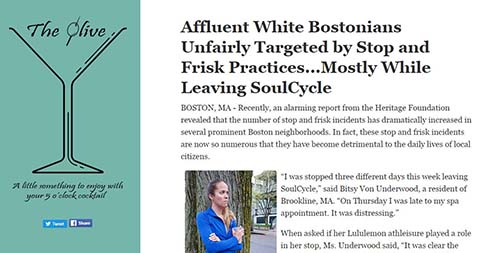
What story do you get from this visualization of annual global temperatures from 1850-2017? (Image: Ed Hawkins, License CC BY-SA)
By Joe Pickett, OCW Publication Director
Big data is the signature feature of the Information Age. It reveals patterns we could never see before, patterns in consumer behavior, medical treatments, weather events, just about anything we can think of.
But those patterns have to be discerned, and their stories shaped before they can have an impact.
Shaped how? By collection and presentation methods, and then by researchers who interpret and explain what they have discovered.
Or so says Rahul Bhargava, the instructor of CMS.631 Data Storytelling Studio: Climate Change, a course just published on OCW:
“…The idea that facts could ever speak for themselves is a total misunderstanding of data. Everything from data collection (decisions about “who counts”) to presentation (choices about what kind of chart to use, where the vertical axis starts, what colors to use, etc.) comprise rhetorical decisions that change how someone understands what you’ve done. The minute you make the smallest decision about how to gather or present information, you’ve already turned data into speech. It’s not objective truth; it’s rhetoric.”
So if you want to use data to change the world, you need to devise a compelling argument. How to formulate and share that argument is the subject of this course, which uses climate change as its special focus.
The OCW course site has a full set of readings, lecture slides and notes, plus a variety of assignments to foster creative thinking.
Sample coursework highlights how the students put their learning into practice, including a board game about the refugee experience, an online quiz about bikeshare programs, and a satire in the style of The Onion whose humor points are backed by creative data presentations.
Teaching with a Compass Instead of a Map
CMS.631 has its roots in workshops taught by Bhargava, and needless to say, teaching students who spend a lot of their time working on projects requires a flexible, somewhat improvisational approach. As Bhargava explains in one of his Instructor Insights:
“The Data Storytelling Studio is a compass-led course. I point students in the right direction, and then follow where they go. My role is to be with them on the journey to make sure they don’t fall into a giant crevasse…I’m definitely the guide in the classroom and I’m in charge of the course, there’s no question about that. But I respect and honor the skills that students bring into the classroom. It’s an essential part of the course design.”
In other Insights, Bhargava shares tips for building student confidence in working with data and for getting students to work productively in teams. He notes further how he engages participation by having students create “data sculptures” with craft materials and by getting them to write in a common blogspace.
In their own series of Insights, several students identify the data storytelling techniques they found most compelling, and they offer their advice for future students and educators.
We think it makes a fabulous success story! But don’t take it from us. Look at the data yourself!



Data is always about the past. The objective of understanding the pattern of what has been is to “predict” I suppose. Extrapolation of past into future is to predict what is coming. I see a problem here .
The details and the layout of this class are very interesting, to learn, to study and interpret data will be a very valued skill to have. Just about every business and government entity want to be able to forecast what the trends of the data are showing. Big data in the information age is like the new crystal ball showing a window into the future.
So what do you predict? Midterm elections for starters…
My father’s comment was, “There are lies, damn lies and statistics.” This course shows how to manipulate data to achieve the results you want. Every time I hear statistics quoted, I question what was done to achieve those statistics.